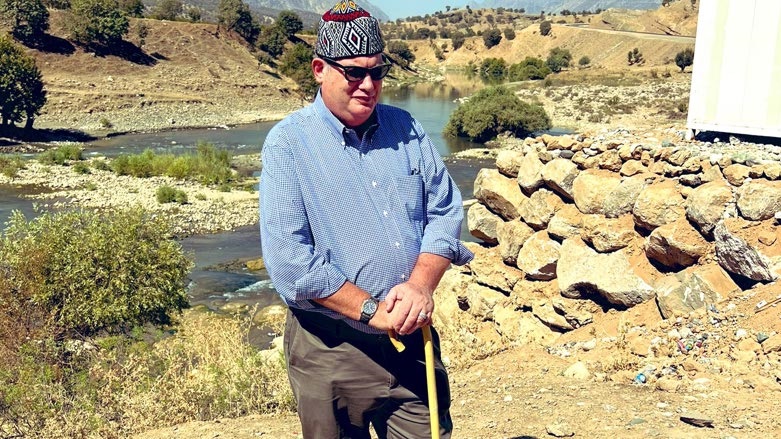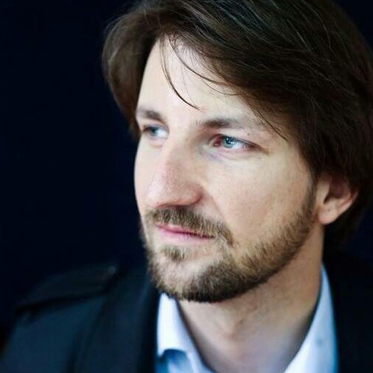Shanidar continues to be a part of my life: Ralph Solecki’s son

ERBIL (Kurdistan 24) – John Solecki visited the Shanidar cave in September, where his famous archaeologist father, Dr. Ralph Solecki discovered the skeletons of ancient Neanderthals in the mid-1950s. He said the cave is a home for all human beings and a symbol for the people in the Kurdistan Region.
Read More: Ralph Solecki, Who Found Humanity in Neanderthals, Dies at 101
In the 1950s, Dr. Solekci (who died at the age of 101) discovered skeletons of Neanderthals approximately 35,000 to 65,000 years old in the Shanidar cave in the Kurdistan Region. A total of eight adult bones and two infants were found at the site.
Monument for Ralph Solecki (1917-2019) in front of "his" cave in Shanidar; outstanding 🇺🇸 anthropologist of 🇵🇱 origin, from 1951 on Solecki explored the site discovering extremely important Neanderthal remains #BeautifulKurdistan pic.twitter.com/wHT6OvVxtN
— PLinErbil (@PLinErbil) August 1, 2022
John said he is grateful for the Kurdish people who honored his father by erecting his statue at the Shanidar cave. “It's a real tribute to him.”
“When I think about Shanidar cave, I think about coming home and I think about that in a number of ways,” he said.
“Shanidar was part of my life and continues to be a part of my life, in the sense that I heard about Shanidar when I was a young child and I was taken by my parents on their archaeological investigations in Lebanon, Syria, Iran, and Iraq.”
“Shanidar is something that I kept on hearing about when I was a young person, but I also think about Shanidar, in the sense, that it is a home for all of us, as human beings because although Neanderthals were not like us, physically, they had many of the same attributes that we have.”
“We don't know if they're able to communicate or how they communicated, but they're able to make stone tools and pass that tradition on, but also apparently from evidence of the cave able to care for their own,” he said.
Visit of Shanidar cave with Ralph Solecki’s son, John.
— Jean-Nicolas Beuze (@jnbeuze) September 16, 2022
Mysteries around Neanderthals’ extinction 40,000 years ago are fascinating.
Inbreeding due to lack of ‘ethnic’ diversity?
Great climatic changes?
Diseases?
Sounds familiar?#LearnFromThePast#DoNotRepeatMistakes pic.twitter.com/oz6IrcI2WK
“And that's important in this in the sense that there was a skeleton that was found with a withered arm. And so he was obviously cared for by the other people and this person lived. I mean, one of them lived to the age of 40 years old, which is quite old in terms of Neanderthal age, something like 80 years old in our own terms.”
“So it's important to think about the site, not only in terms of John as an individual, but also in terms of mankind.”
Read More: Neanderthals of Kurdistan key to more discoveries about early humans
So far this is John’s third visit to the Kurdistan Region in recent times. “I traveled here to visit friends, but also to see Cambridge archaeologists.”
He also says that Shanidar has become an important ‘symbol’ in the region for the people of Kurdistan. “I know that when I was here visiting during Newroz (the Kurdish New Year). I know that there were many people celebrating during that period, and that was certainly very important.”

